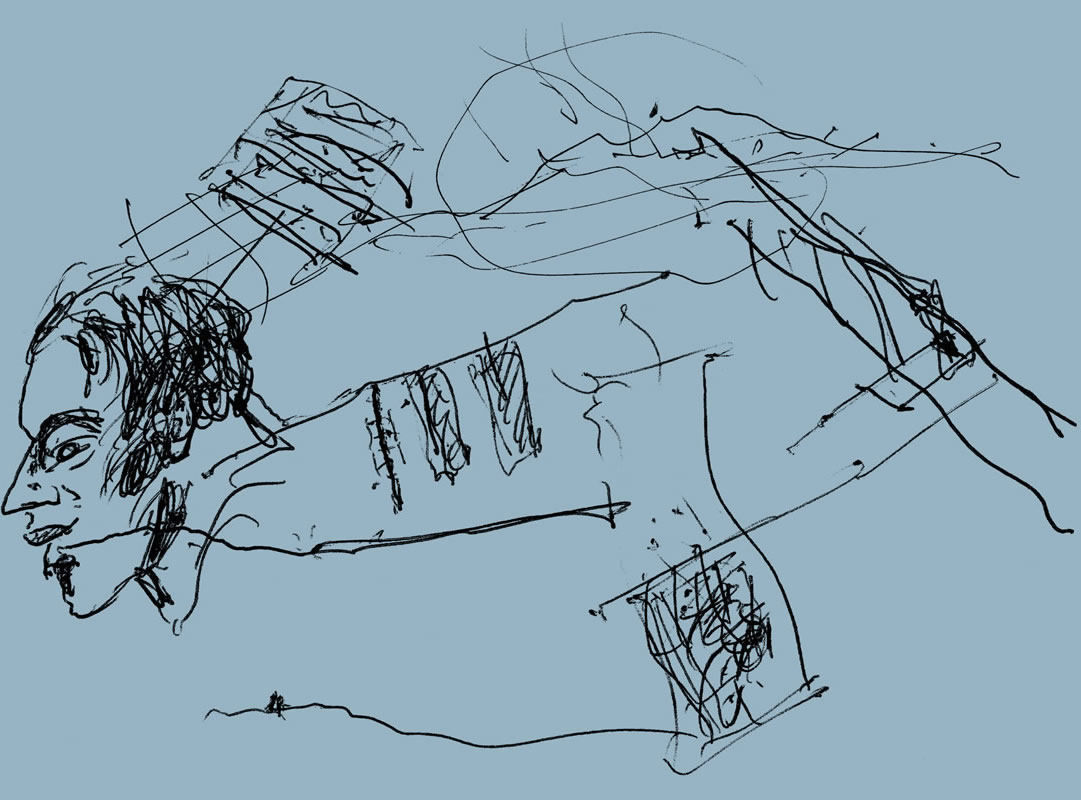Álvaro Siza | Tadao Ando | Ambrosi Etchegaray | Forensic Oceanography | Ateliers Jean Nouvel | Kashef Chowdhury / URBANA | Eriksson Furunes & Leandro V Locsin Partners | Kengo Kuma | Jamie Fobert Architects | Claude Parent
Click here to get a copy of our Ocean issue
If you are a subscriber, click here to sign in and read digital editions of the magazine – they are under My Account
Otherworldly and impenetrable, the ocean seems to be the inverse of a built environment. It is inhospitable; rough, unsolid, and too wet, the enemy of mortar and stone. It is nevertheless brimming with matter – animal, geological, and man-made, seeming to be a space of possibility, or an opportunity for conquest: humanity’s relationship to the ocean oscillates constantly between domination and defeat.
As the climate changes and the ocean expands, questions of how we build with the sea become urgent. In this issue, Will McCallum asks how we can build for the uncertainty of our future, looking at sea level rise as a call for new and fluid design tactics that respond through adaptation as well as mitigation. Some architects have learned to live with water, like Kashef Chowdhury in the liquid char landscapes of the Bengal delta and Eriksson Furunes and Leandro V Locsin Partners in the typhoon-prone Philippines. Ateliers Jean Nouvel’s Louvre Abu Dhabi instead stands in bold defiance of our environmental reality, building into the sea and flooding areas with a mind to create a miniature canal-city spectacle – or a new global icon. The iconicity of Tadao Ando’s Casa Wabi meanwhile engages with a tension in the stratified destination of Puerto Escondido, between land and sea, and between social outreach and artistic retreat.
Claude Parent, whose work with Paul Virilio gave rise to an archaeology of the bunkers that formed World War II’s Atlantic Wall, features in this month’s Reputations. Edwin Heathcote notes that Parent and Virilio’s ‘bunker aesthetic’ has been taken on by warships, with their ‘stealth angles and radar-avoiding crystalline form’, in his piece exploring architects and their relationships with boats. The oft-fanciful character of oceanside architecture is further explored in Typology, where Catherine Slessor catalogues a history of the pier. The type features heavily in the pleasure and imagination of the British seaside, the ‘salty spirit’ of which is challenged through selective regeneration and the injection of cultural crucibles, Eleanor Beaumont finds.
We also revisit Leça de Palmeira, where a young Álvaro Siza’s pools and tea house turn their backs to land and face the blue. Rather than consider the ocean a pure, homogeneous and inscrutable entity, however, Forensic Oceanography looks to the sea as a contested site, ‘crisscrossed by a multiplicity of jurisdictions and legal regimes’, and Stefanie Hessler deplores the neocolonial exploitation of deep-sea mining in this issue’s Outrage. The sea will not long bear such manipulations: as Philip Hoare writes in the keynote, ‘the truth is it has never been under our control, and our future is threatened by the fact that it is rising against us.’
The full table of contents is available here.
 The Architectural Review An online and print magazine about international design. Since 1896.
The Architectural Review An online and print magazine about international design. Since 1896.

